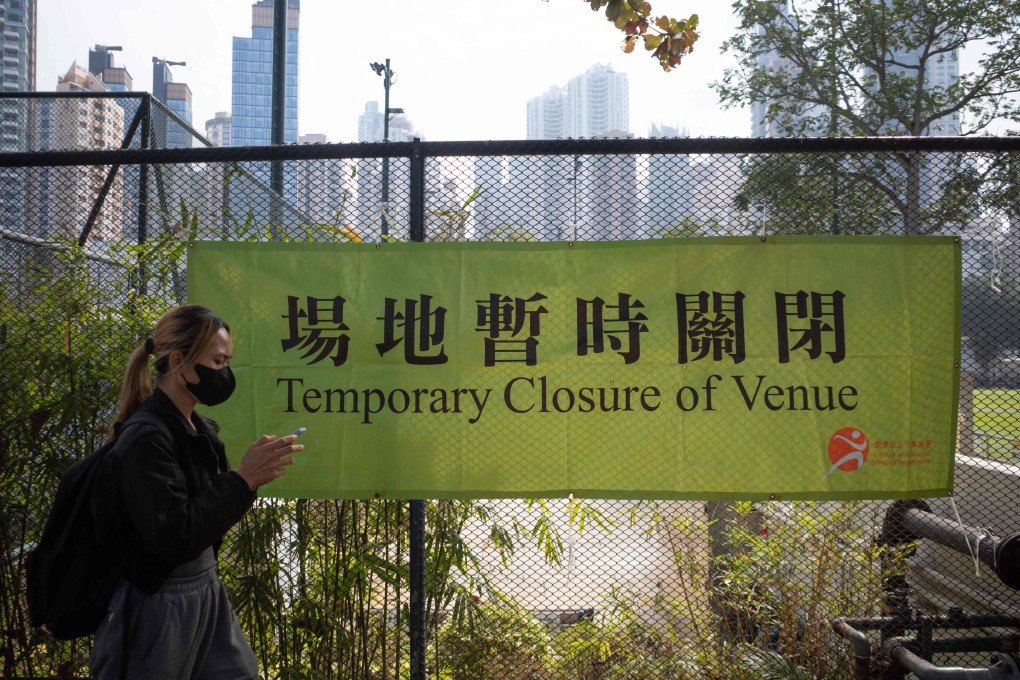Opinion | How Hong Kong has made a hash of mainland’s ‘dynamic zero’ Covid-19 policy
- The administration has co-opted the term but applies it differently, and even Carrie Lam struggles to explain what it means
- The mainland comes down harshly only when and where cases are detected; otherwise, life is unaffected – unlike in Hong Kong

Chief Executive Carrie Lam Cheng Yuet-ngor raised eyebrows last month when she said in response to a reporter’s question that she could not definitively explain what “dynamic clearing” meant, as she was not the “initiator” of the term.
What does the expression actually mean? In brief, the mainland policy is to allow normal life to go on as far as possible, but to come down like a tonne of bricks whenever there is an outbreak.
Thus, facilities like restaurants and gyms are open and people move around freely. Above all, schools operate normally and students are in class. There is no mask mandate in Beijing; many people choose to wear masks but they are only required to do so in certain places such as buildings and parks.
When a Covid-19 case is detected, the authorities’s reaction is fierce and immediate. There is a total localised lockdown, closure of facilities for cleansing, compulsory testing of all close contacts, and quarantining of everyone who might be affected. In extreme cases, whole cities are locked down. Individual infection clusters are “cleared” dynamically.
